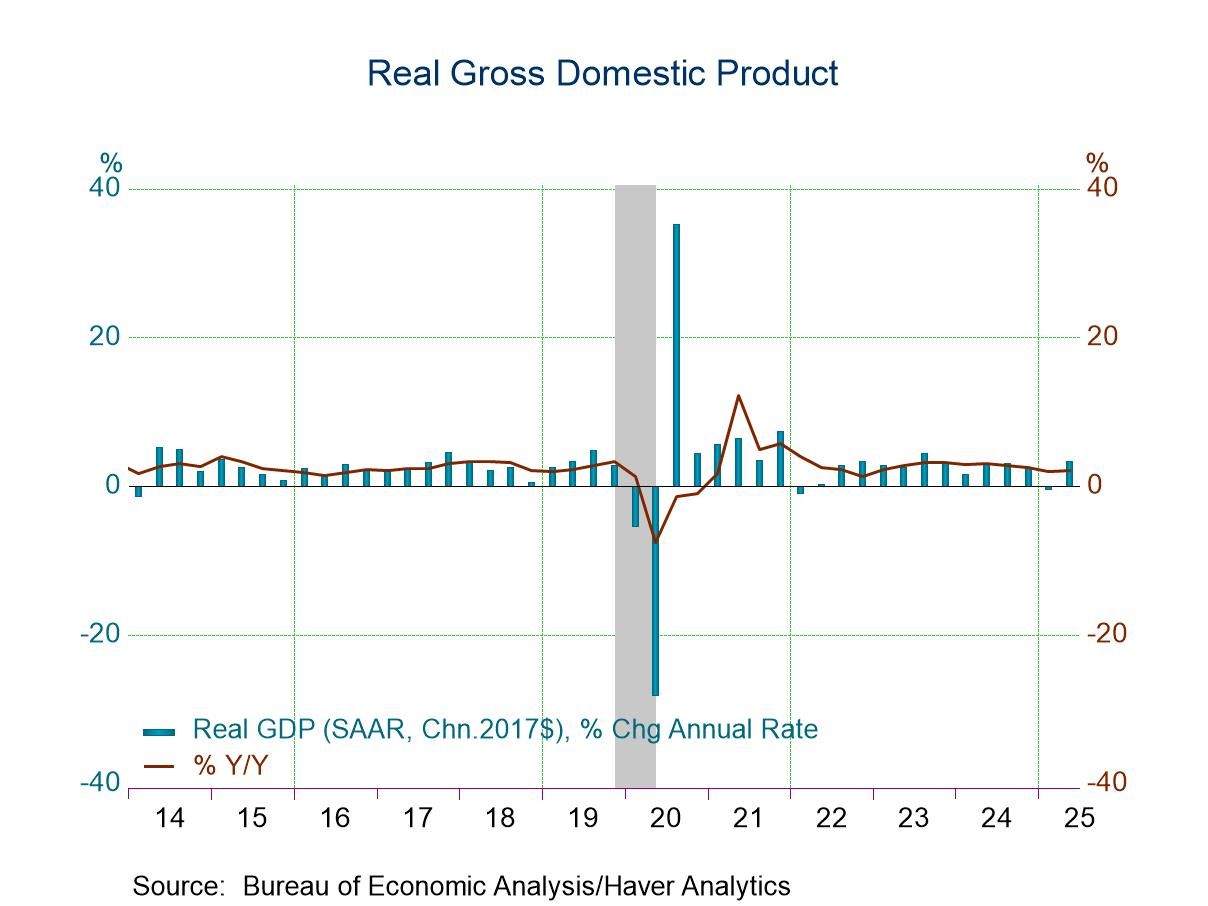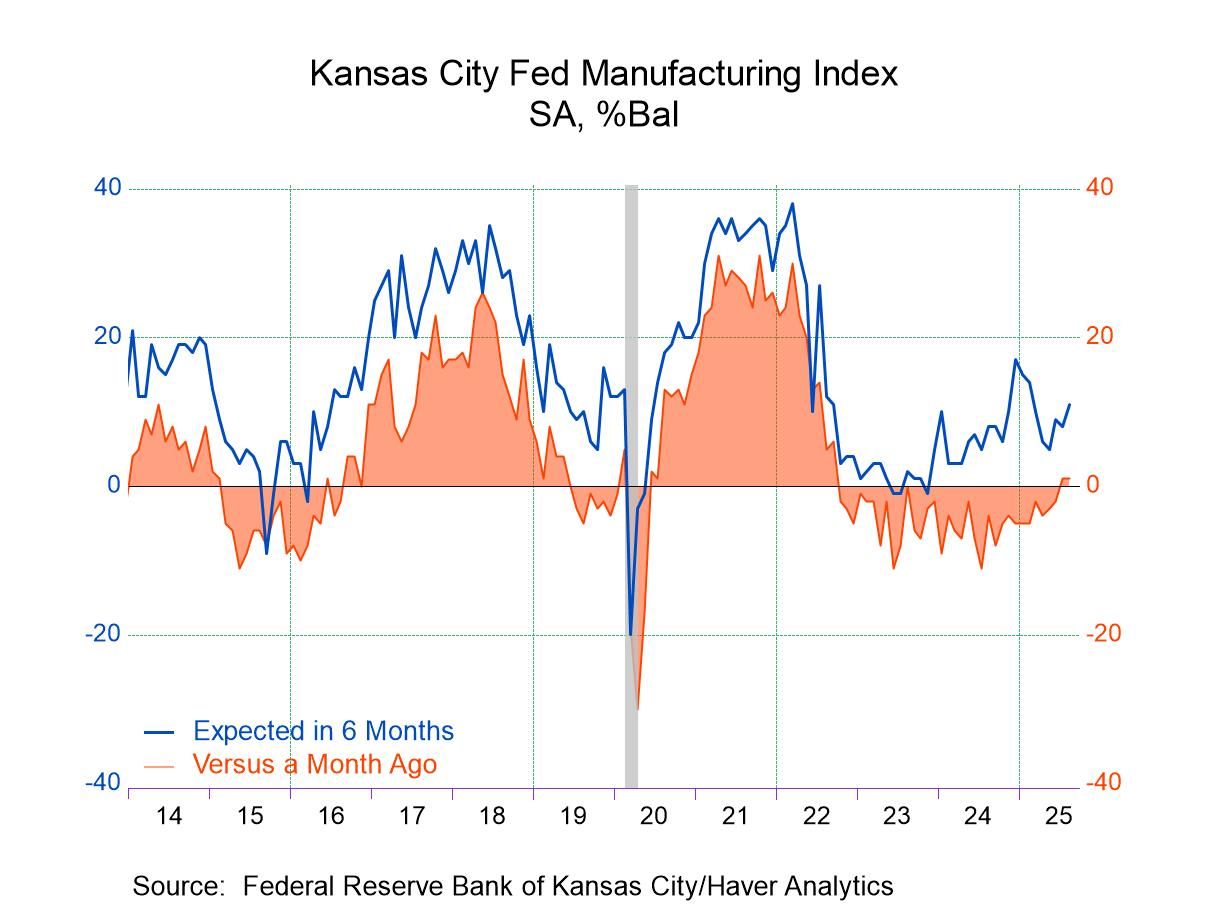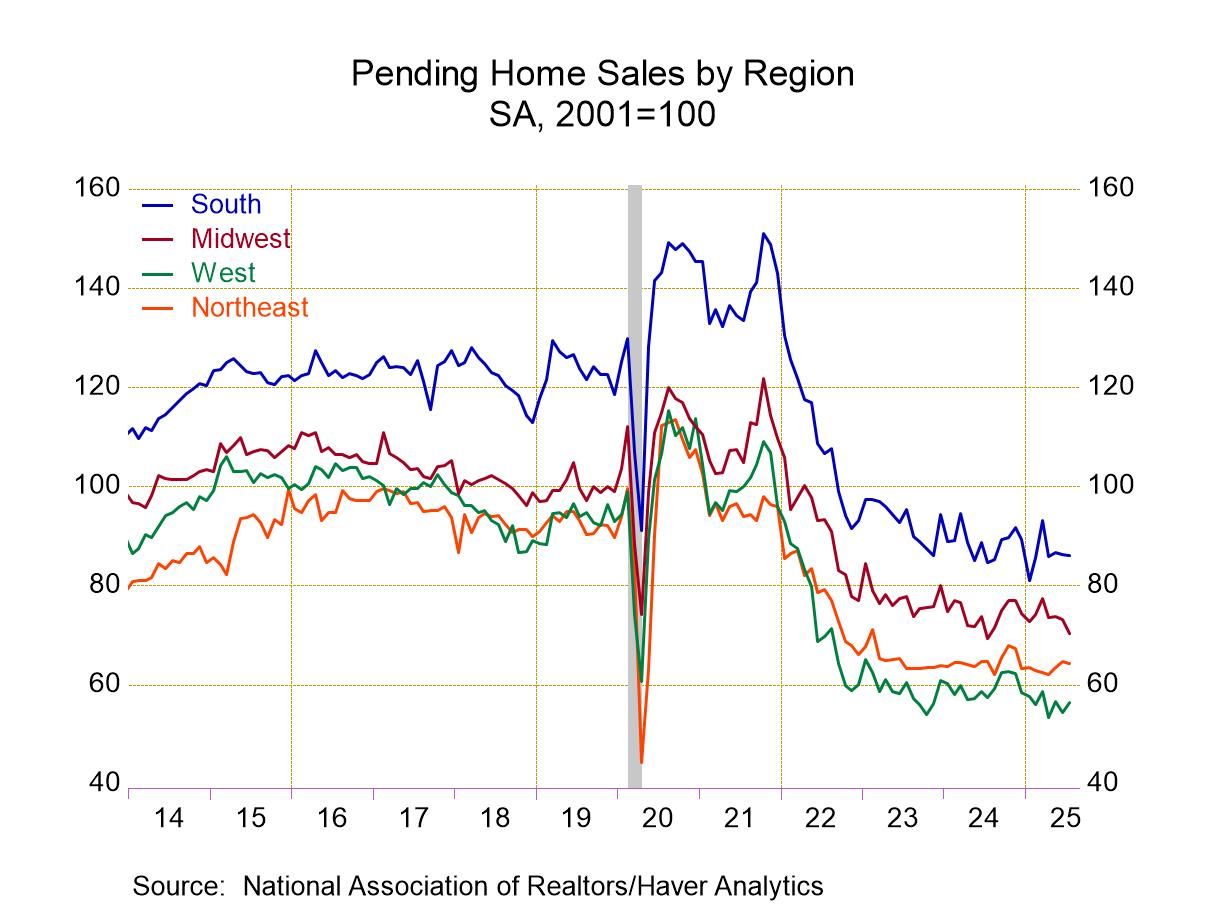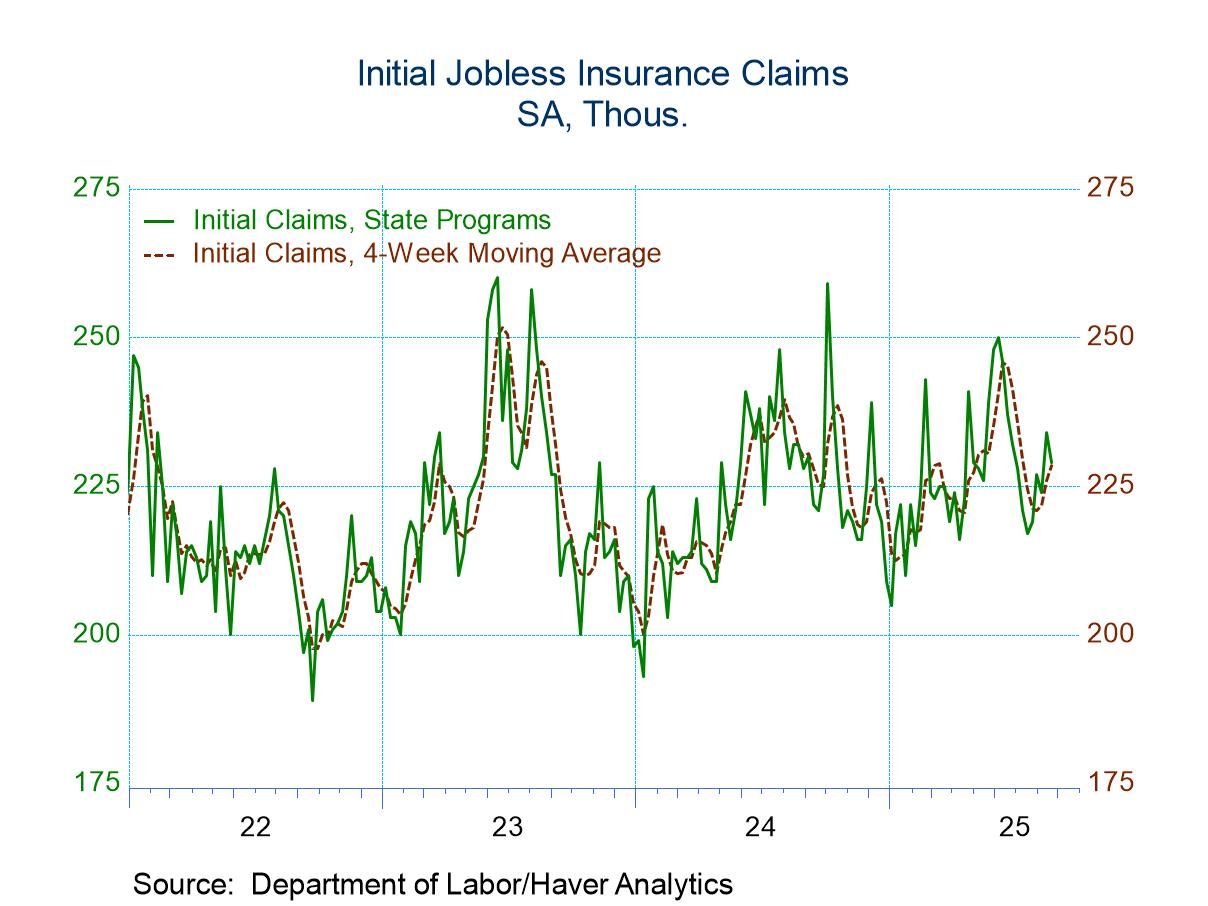 Global| Nov 11 2010
Global| Nov 11 2010Japan Machinery Orders Progress Discernible To Those Armed With A Microscope...
Summary
Japan machinery orders, both 'core' orders and total orders, are showing some progress. Granted both series fell sharply in September but each had risen strongly in August. Beneath all that noise - very loud noise - is a hint, a vague [...]
 Japan machinery orders, both 'core' orders and total orders, are showing some progress. Granted both series fell
sharply in September but each had risen strongly in August. Beneath all that noise - very loud noise - is a hint,
a vague signal, of progress. The three-month growth rates for overall and core orders are strong; but after such a
period of volatility only a fool would believe that they meant anything. Three-month growth rates can be undercut
too easily by gyrating data. Year-over-year comparisons also show some progress and this progress is very, very slow.
Total orders, the more volatile series, is up by nearly 17% year over year after falling 26% in the previous 12-month period.
Core orders for machinery are up by a thin 4.2% over 12 months after dropping by 22% in the previous 12-month period.
Japan machinery orders, both 'core' orders and total orders, are showing some progress. Granted both series fell
sharply in September but each had risen strongly in August. Beneath all that noise - very loud noise - is a hint,
a vague signal, of progress. The three-month growth rates for overall and core orders are strong; but after such a
period of volatility only a fool would believe that they meant anything. Three-month growth rates can be undercut
too easily by gyrating data. Year-over-year comparisons also show some progress and this progress is very, very slow.
Total orders, the more volatile series, is up by nearly 17% year over year after falling 26% in the previous 12-month period.
Core orders for machinery are up by a thin 4.2% over 12 months after dropping by 22% in the previous 12-month period.
Foreign orders are still showing a lot of lift, but the chart shows that lift is actually losing a lot of momentum. With Japan most plugged into the fading and internationally pressured Chinese economy and next most plugged into the US economy, that went through a summer lull, this fading trend hardly is surprising. Domestic orders in Japan are up by 1.6% year-over-year after falling by nearly 15% in the previous 12-month period. At least it's a gain but it's not much of one.
Japan's orders are not in as bad a shape as the September headline seems to indicate. But under the surface the good news is pretty thin gruel. The needs of Japan's economy are strong and despite some evidence of ongoing if small gains in orders there is also counter-evidence of losing momentum in the foreign orders Japan will need to rely upon.
With the G-20 all but hog-tied in Seoul prospects for some surprise saving deal are dim. With the US QE program under so much criticism the ability of Japan to try and follow suit would seem to somewhere between limited and prohibited. Japan remains in a tight spot although its domestic corporate goods price index did show some life in October. With Japan the positives are never quite positive enough and all too-many negatives lurk in the background or closer still.
| Japan Machinery Orders | |||||||
|---|---|---|---|---|---|---|---|
| M/M % | Saar % | ||||||
| SA | Sep-10 | Aug-10 | Jul-10 | 3-Mos | 6-Mos | 12-Mos | 12-Mo Ago |
| Total | -9.2% | 9.8% | 5.7% | 22.9% | 0.5% | 16.9% | -26.3% |
| Core Orders* | -10.3% | 10.1% | 8.8% | 33.3% | 6.5% | 4.2% | -22.0% |
| Total Orders | |||||||
| Foreign Demand | 6.9% | -3.7% | 2.6% | 24.3% | 14.5% | 46.7% | -42.6% |
| Domestic demand | -20.4% | 22.9% | 7.3% | 21.8% | 1.6% | 1.6% | -14.9% |
| *Excl ships and electric power | |||||||
Robert Brusca
AuthorMore in Author Profile »Robert A. Brusca is Chief Economist of Fact and Opinion Economics, a consulting firm he founded in Manhattan. He has been an economist on Wall Street for over 25 years. He has visited central banking and large institutional clients in over 30 countries in his career as an economist. Mr. Brusca was a Divisional Research Chief at the Federal Reserve Bank of NY (Chief of the International Financial markets Division), a Fed Watcher at Irving Trust and Chief Economist at Nikko Securities International. He is widely quoted and appears in various media. Mr. Brusca holds an MA and Ph.D. in economics from Michigan State University and a BA in Economics from the University of Michigan. His research pursues his strong interests in non aligned policy economics as well as international economics. FAO Economics’ research targets investors to assist them in making better investment decisions in stocks, bonds and in a variety of international assets. The company does not manage money and has no conflicts in giving economic advice.






